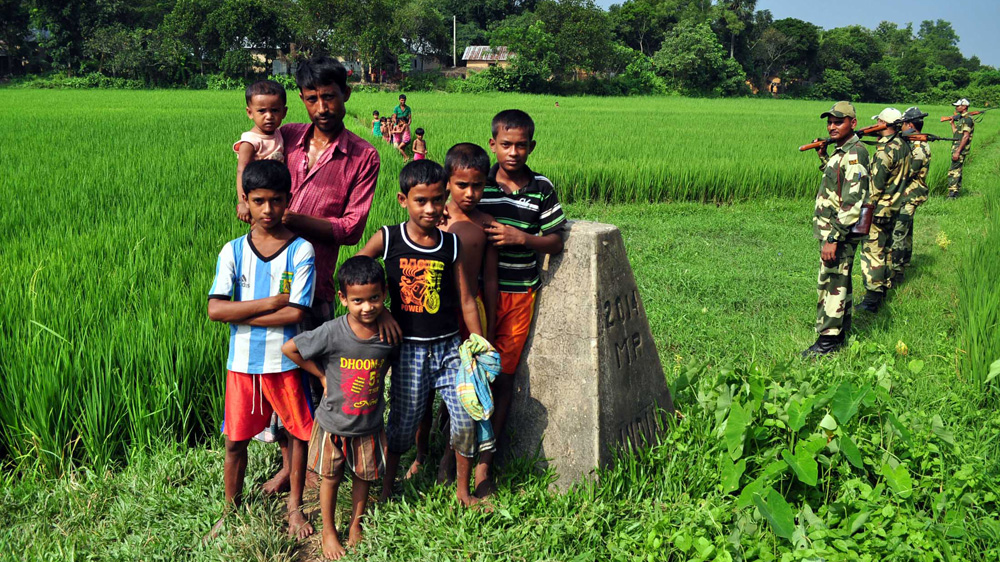Kandari-Hushiyaar
FULL MEMBER

- Joined
- Nov 14, 2016
- Messages
- 581
- Reaction score
- 0
- Country
- Location
Baal. Amartya sen chodao na bhai, amra sobai jani o ki r ki kore nobel peyeche.
Byas chole elo toh hindu, musalman. Sob ek e chinta dharma niye tana tani, niye myanmar pod marle kandte chote. @Prince of Dorne
ha Amartya baal ar tomra 2ta duniya uddhar kore felso. hashaio na mia. bharot er shathe Jatipunjo gothon na korle ostitto thakto tomader??
Thik koichos togo dari ar kata nunu deikha **** ra chaira disilo tai na?
Please if possible try not to bring religion in every discussion
shono J jinish ta bojho na sheta niye kotha boilo na. bd er muslim der 80% er 1971 e kono casualty nai. kintu hindu der giye jiggesh koro giye proti ghore 10-12 ta lok haraise.
hindu der jonno ostro dhorsi, aro dhorbo. kintu chagol pagol der shottota janano joruri















